With the rapid advancements in technology, industries are evolving at a higher pace. These advancements in technology such as self-driving vehicles, warehouse automation using artificial technology, and 3D printing will bring up changes in how shippers, retailers, and manufacturers put together their supply chains and distribution strategies. AGV is one such technology.
In this article, we will explain what AGVs actually are, AGVs applications, and their associated benefits.
What are Automated Guided Vehicles?
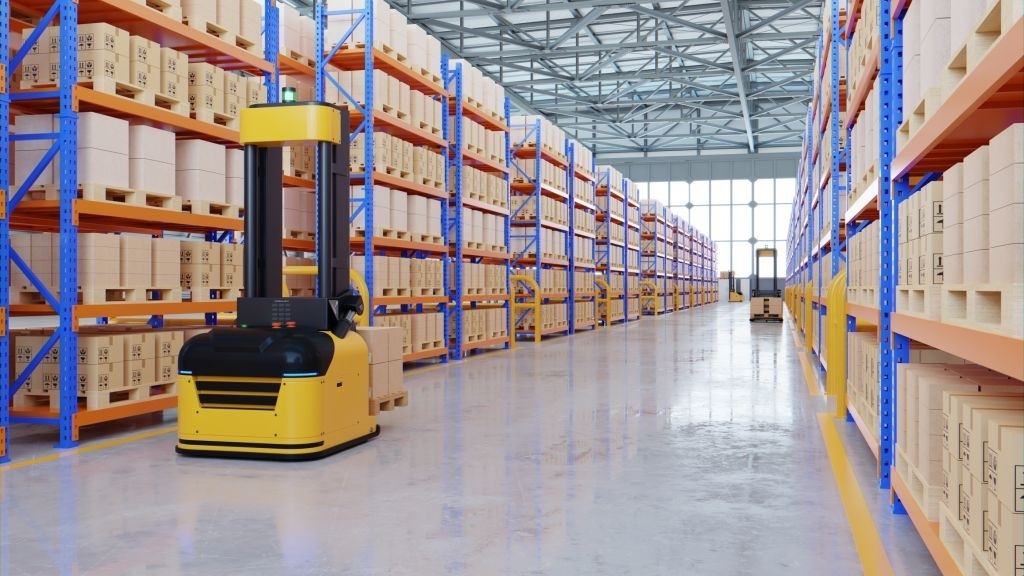
Automated Guided Vehicles (AGVs) are self-propelled (computer-controlled and wheel-based) vehicles that are used to carry the load and travel around a facility without an operator on-board. AGVs utilize a combination of software and hardware such as sensor guidance systems to control and direct their movements. These vehicles need to move on a predictable path with precisely controlled acceleration and deceleration, they also include automatic obstacle detection bumpers.
These vehicles provide safe movement of loads, making sure that your production lines never run out of raw materials. More common AGV applications include but are not limited to:
- transportation of raw materials
- work-in-process, and finished goods in support of manufacturing production lines,
- storage/retrieval or other movements in support of picking in warehousing
- inbound and outbound handling for replenishment
- distribution of goods
Normally, these jobs would usually be handled by conveyor systems, forklifts, or manual carts.
5 Benefits of Utilizing AGV Technology
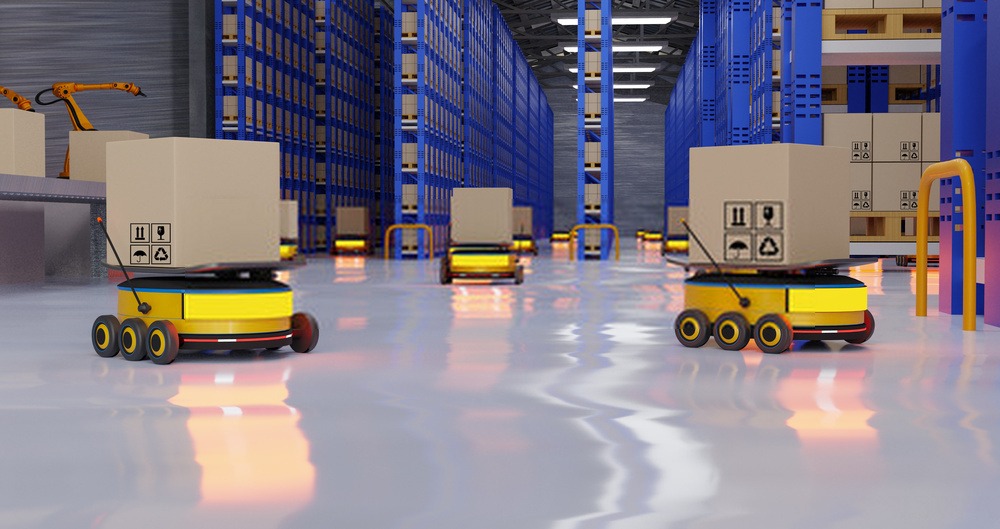
When you want to automate the operation of your company, you might be wondering whether or not to use AGVs. To clear the confusion, check the following benefits of AGV technology and then decide if AGVs are an ideal fit for your company:
#1 Reduced Labor Costs
Undoubtedly, the most obvious cost-saving comes from automating your operations. And that’s what AGVs will do for you, with fewer employees needed to operate materials handling units. The cost of AGV technology is predictable, while labor costs tend to grow and can change rapidly depending on local economic conditions.
These machines can operate 24/7, allowing them to recover the initial investment required.
#2 Improved Productivity
AGVs can help the management to concentrate labor resources towards value add-on tasks/products or elsewhere needed, whilst repetitive and tedious tasks are handled by these machines. Moreover, by using AGVs, manufacturing employees have the raw materials and work in process when required, increasing productivity.
#3 Reduced Product Damage
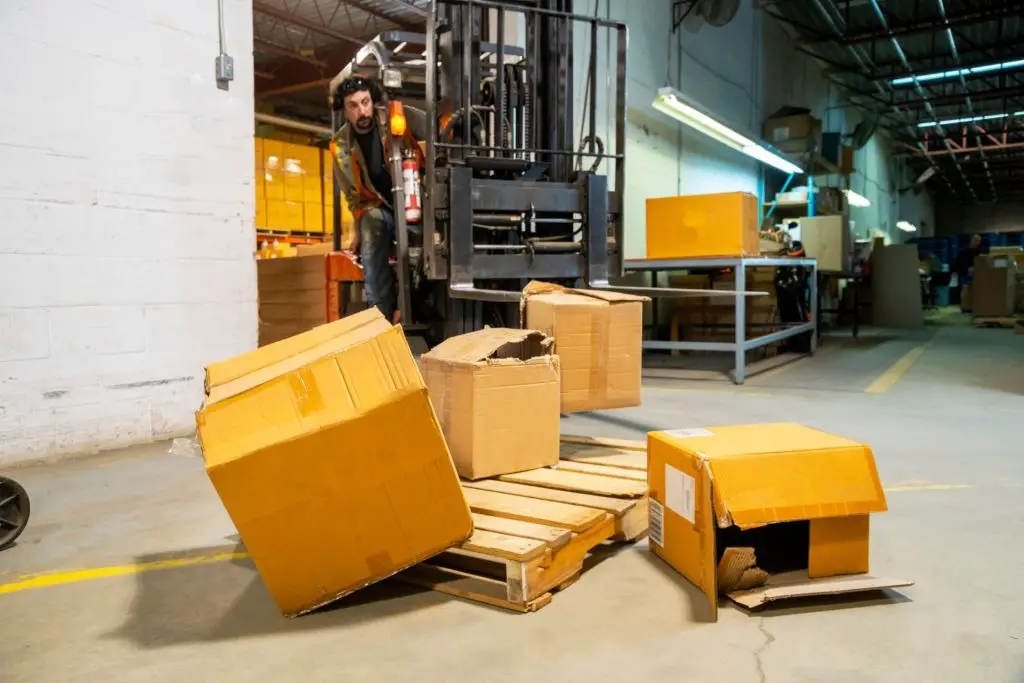
Employees can get tired, bored or fatigued. They sometimes don’t see an obstacle until they ram the forklift into it, resulting in accidents and damages that can cost $$$ to companies. On the other side, machines only do what they’re programmed to do. AGVs are equipped with sensors, lasers, and cameras that allow them to carry out precise and secure handling of all loads/products.
AGVs save money by removing the human element and thus reducing the damage that human employees can cause to products or structures.
#4 Increased Workplace Safety & Lower Costs

Handling hazardous products, working in extreme temperatures, and handling heavy substances can be harmful to employees. AGVs eliminate this harm by completely automating the handling process by machines and removing the human element from harm’s way.
These vehicles move in a predictable and controlled manner with sensors for obstacle detection, monitored top speeds—a direct contrast to manual forklift drivers, who can rush around a plant at high speeds and put staff at risk. Increased workplace safety minimizes a number of expenses including insurance rates, OSHA penalties, and time lost due to injury or structural repair.
#5 Improved Material Accountability
The integrated software in automated guided vehicles perfectly tracks the movement of all materials in the supply chain thus lowering costs by removing the need to have employees perform inventory.
A good record track of inventory can help you manage your supply chain efficiently (by saving time and loss of productivity) and knowing when to order more raw materials for your production.
In addition to the benefits above, AGVs require less space as compared to other automation solutions, such as conveyor systems. Some AGVs are smaller compared to conventional warehouse equipment, such as forklifts, which allows for floor layouts with a narrower passage and better space utilization.




![Types of Engineers and What they Do [Explained]](https://www.engineeringpassion.com/wp-content/uploads/2022/04/types-of-engineers-and-what-they-do-280x210.jpg)




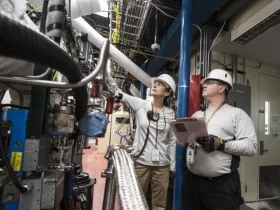
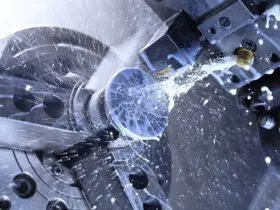
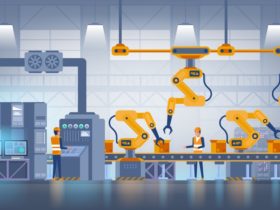
Leave a Reply